Definition of Myocardial Infarction (Heart Attack)
1 million myocardial infarctions (MI or heart attacks) occur annually in the U.S., and are the most common cause of heart failure worldwide.
Get insurance benefits, legal documents, and medical records in one place
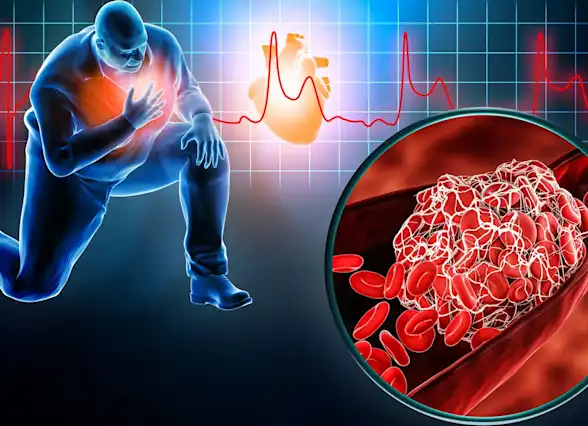
Helpful Highlights
Myocardial infarction (MI) or acute myocardial infarction (AMI) are the medical terms for a heart attack.
There are major and minor ("mini" or mild) heart attacks, and both are dangerous.
There are many risk factors for heart attacks that can be controlled.
Women and persons with diabetes are more likely to have atypical (unusual) symptoms of heart attack, and 20% of MI are silent (no symptoms).
Definition
In medical terms, a heart attack is known as an acute myocardial infarction (AMI) or myocardial infarction (MI).
Myocardial infarction, also known as a heart attack, is a life-threatening condition that occurs when one or more areas of the heart muscle don't get enough oxygen.
The lack of oxygen occurs when blood flow to the heart muscle is blocked.
Lack of blood flow happens by several means, though is usually related to plaque build-up in one (or more) of the arteries that supply blood to the heart muscle (called coronary arteries).
Without blood flow, there is no oxygen, and without oxygen, the affected heart muscle will begin to die. If blood flow isn’t restored quickly, a heart attack can cause permanent heart damage and possibly death.
When a coronary artery is completely blocked, it is considered a "major" heart attack.
The coronary artery most susceptible and most commonly blocked is called the left main coronary artery (LMCA), which branches into the left anterior descending (LAD) and circumflex arteries that supply blood flow to the left chambers of the heart (atrium and ventricle).
The left ventricle is the large pump that sends blood to the rest of the body, and the left atrium fills the left ventricle. If either of these chambers fails, the heart cannot get blood to itself, the brain, or anywhere else in the body.
A blockage in the left coronary artery has long been referred to as, "the widow-maker" for good reason.
"Mini" (or mild) heart attack - Still dangerous
In a “mini” heart attack, blood flow to the heart is partially blocked. Symptoms are similar to those of a heart attack, including chest pain, though there is often less damage to the heart. That is, however, unless the attack is ignored and goes untreated, in which case "mini" can become "major."
Causes of a heart attack
Plaque is a hardened substance attached to artery walls that is made up of cholesterol, calcium deposits, and other cellular substances (like platelets and circulating fat). When plaque breaks (ruptures), a blood clot quickly forms, and the clot is the actual cause of the heart attack. The clot blocks the artery and prevents blood flow. When the blood and oxygen supply is cut off, muscle cells of the heart suffer damage and begin to die. Irreversible damage starts within about 30 minutes of blockage.
Plaque causes the clot and the clot causes the heart attack. What causes the plaque?
High blood pressure (chronic state: hypertension)
High cholesterol (LDL and triglycerides)
Diabetes
Smoking
Obesity
Stress and anxiety
Sedentary (inactive) lifestyle
Genetics (family history of heart disease - arteriosclerosis and atherosclerosis)
Controlling those things that can be controlled to reduce plaque build-up is essential to preventing a first heart attack, and make all the difference in whether there will be a second one after the first. And everything except genetics can be controlled.
Survival rates
Heart attack survival rates vary and depend on many factors - the type of heart attack, the person's general health, how quickly the person receives treatment, how quickly the arterial blockage is cleared, and how much of the heart muscle is permanently damaged.
Fatality rates were once as high as 50%, though today more than 90% of people hospitalized for heart attacks survive (rates are lower for those who don't receive rapid treatment and hospitalization).
Response time greatly affects survival rate. You may have heard the phrase, "Time is tissue." Quickly getting in an ambulance and to a hospital emergency room for treatment reduces the amount of damage to the heart muscle and increases the chance of survival.
Time is tissue
Some may think that if symptoms aren’t intense or severe it's not a heart attack. However, any and all symptoms associated with those of a heart attack should be evaluated immediately. Also, note that calling for an ambulance rather than driving to the emergency room can be life-saving. Paramedics can conduct an ECG (a.k.a. EKG) for transmission to an emergency physician to determine whether a heart attack is present, and if so, begin therapies right away.
Typical heart attack symptoms:
Chest pain (usually described as pressure or squeezing)
Shortness of breath, unable to catch a breath
Pain or tingling/numbness that extends up the left side of the neck to the jaw and/or down the left arm
Lightheadedness, nausea, and even vomiting
Clamminess or sweating
Change in skin color to pale, bluish, or grayish (can even be seen in dark skin tones)
Atypical (unusual) heart attack symptoms:
Women and people with diabetes are more likely to present with atypical symptoms, and 20% of heart attacks are silent (no symptoms).
Right-sided neck, jaw, and/or arm pain (vs left-sided)
Back pain
Stomach pain
Throat discomfort (feeling like something is lodged there or unable to swallow)
A sense of impending doom
No symptoms
If you notice the symptoms of a heart attack in yourself, your loved one, or anyone else, call 9-1-1 immediately. DO NOT wait.
RESOURCES
American Heart Association (AHA) – Heart Attack
American College of Cardiology – Chest Pain Practice Guidelines
CDC – Heart Attack Symptoms, Risk, & Recovery
Cleveland Clinic – Heart Attack (Myocardial Infarction)
No content in this app, regardless of date, should ever be used as a substitute for direct medical advice from your doctor or other qualified clinician.
Get more support and guidance on insurance benefits, medical records and legal forms.
Helpful brings together your insurance benefits, legal documents, and medical records in one personalized place — so you always know what you have, and never have to search again.
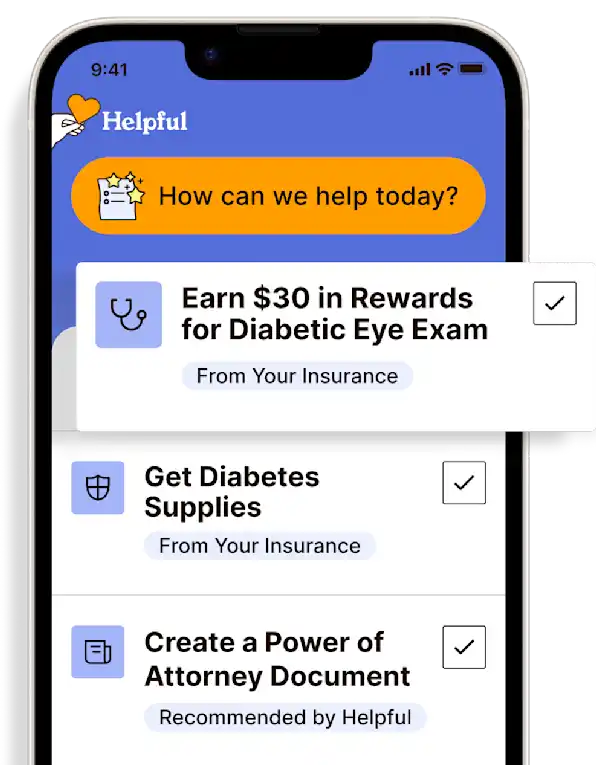
Technology for Health Tasks. Mental Health for the Tough Stuff.
Helpful connects your medical records, insurance, and caregiving tasks automatically. And when you need more than logistics, a therapist is here to guide you.
In-Network and Covered
For Individuals, Couples and Families
HIPAA Compliant, Data Stays Private
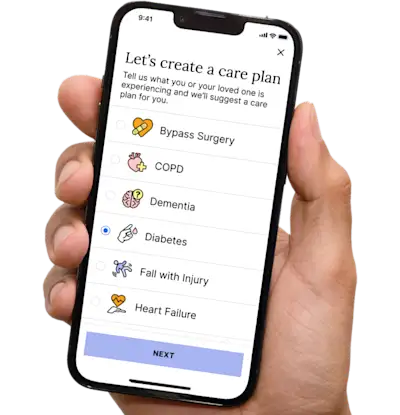

Healthcare Tasks Simplified
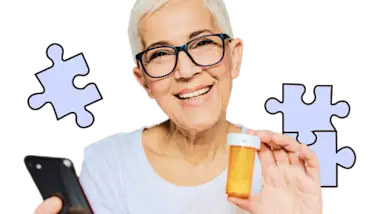
From syncing records to spotting drug interactions, Helpful does the heavy lifting, turning complex health info into clear tasks and showing you benefits you can actually use, giving you clarity and control over your care.
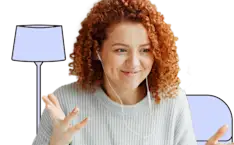
In-Network Mental Health

Our licensed therapists are here to support you and your loved ones through stress, burnout, and life’s hardest moments, with an inclusive, compassionate approach that works with most insurance plans.

Create Legal Documents

Plan ahead by creating will, trusts, advance directives and more, that ensure your wishes are honored in the event you can’t speak for yourself -with Helpful guiding you every step of the way.